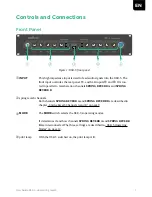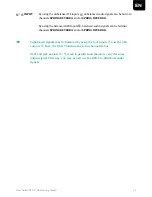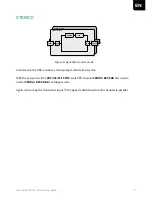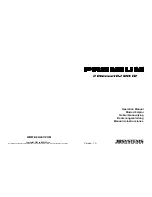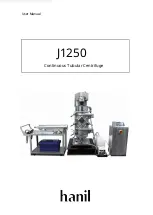
1
User Guide DSR-3 - dual spring reverb
EN
Introduction
The invention of the Hammond organ in the last century's mid 30s resulted in a need for artificial
reverb. This led to the development of spring reverberation systems. Constant improvements
turned these formerly bulky units into compact machines. In the beginning of the 60's, spring
reverb was discovered by Leo Fender to be used in his now world famous guitar amplifiers.
Today, digital technology can create a perfect room simulation. However, spring reverb and its
less-than-perfect but distinctive sound is still relevant in modern music production. It is its
distinctiveness, the sensitivity to mechanical influences, unnatural resonances and a limited
frequency range that build the charm of a spring generated reverb effect.
Vermona already offers an impressive collection of spring reverberation systems ranging from
the valve-based ReTubeVerb, the classic VSR 3.2 to the more experimental Retroverb Lancet. The
two-channel DSR-3 is an advanced spring reverberation unit for studio use that specializes in
processing stereophonic sound sources. However, the DSR-3 doesn't stop here. It also offers serial
and parallel routings to expand its sonic possibilities.
Congratulations on your purchase of the DSR-3. We wish you lots of creative hours of making
music, composing and production.
Your VERMONA crew from the
Elektroakustischen Manufaktur, Erlbach
Summary of Contents for DSR-3
Page 1: ...Bedienungsanleitung User Guide DSR 3...
Page 17: ...16...








